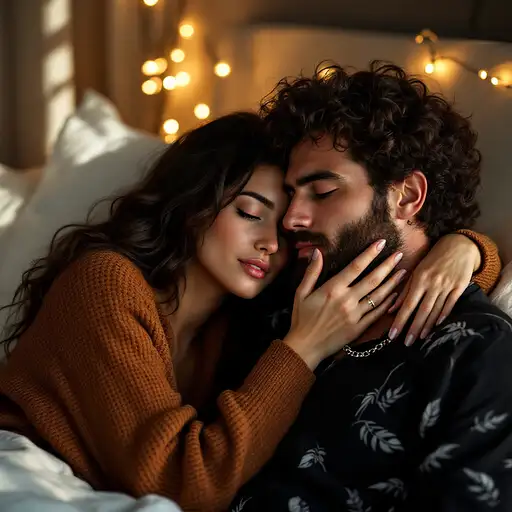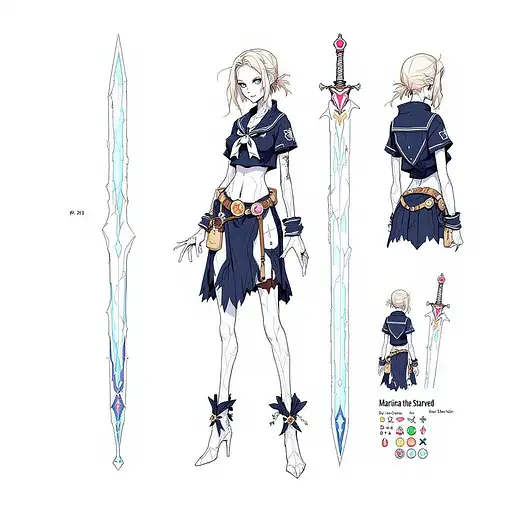
9 months ago
Ultra-detailed half body portrait of a desert-hardened woman in her mid 20s, sun-weathered skin with natural freckles across her cheeks and blemishes over her body, keen hazel eyes adapted to scanning distant horizons, dark hair wrapped in a practical sand-colored shemagh that protects her neck and lower face, wearing layered desert survival gear - a loose fitting crop top underneath a weathered open tactical vest, revealing a flat, toned belly with defed abs, outie belly button. She wears loose low rise pants and a belt with multiple water container attachments, UV-protective goggles pushed up on her forehead, standing amid the ruins of a massive oil refinery complex half-buried by endless dunes of golden sand, towering rusted distillation columns rising like ancient monoliths from the desert floor, heat waves visibly distorting the air around corroded pipeline networks that snake through the dunes, scattered remnants of industrial machinery emerging from shifting sands - partially buried pressure vessels, sand-scoured storage tanks, and wind-polished metal structures, intense sunlight casting harsh shadows across her face through gaps in the deteriorating industrial framework, sand particles catching the light as they drift through the air, multiple layers of desert-industrial decay visible in the background - collapsed cooling towers creating artificial canyons, sand-filled processing units, and sun-bleached warning signs barely visible under layers of dust, abandoned vehicles half-submerged in sand drifts, occasional glints of metal where the wind has exposed buried equipment, photorealistic rendering with attention to material interactions between sand and metal - wind-polished surfaces, sand-carved patterns in steel, and sun-damaged materials, 8k resolution emphasizing the texture of each weather-beaten surface, technical perspective showing the massive scale of the industrial remains against the endless desert horizon, visible heat distortion in the distance where sky meets sand, subtle color variations in the sand showing mineral content and age of dune














